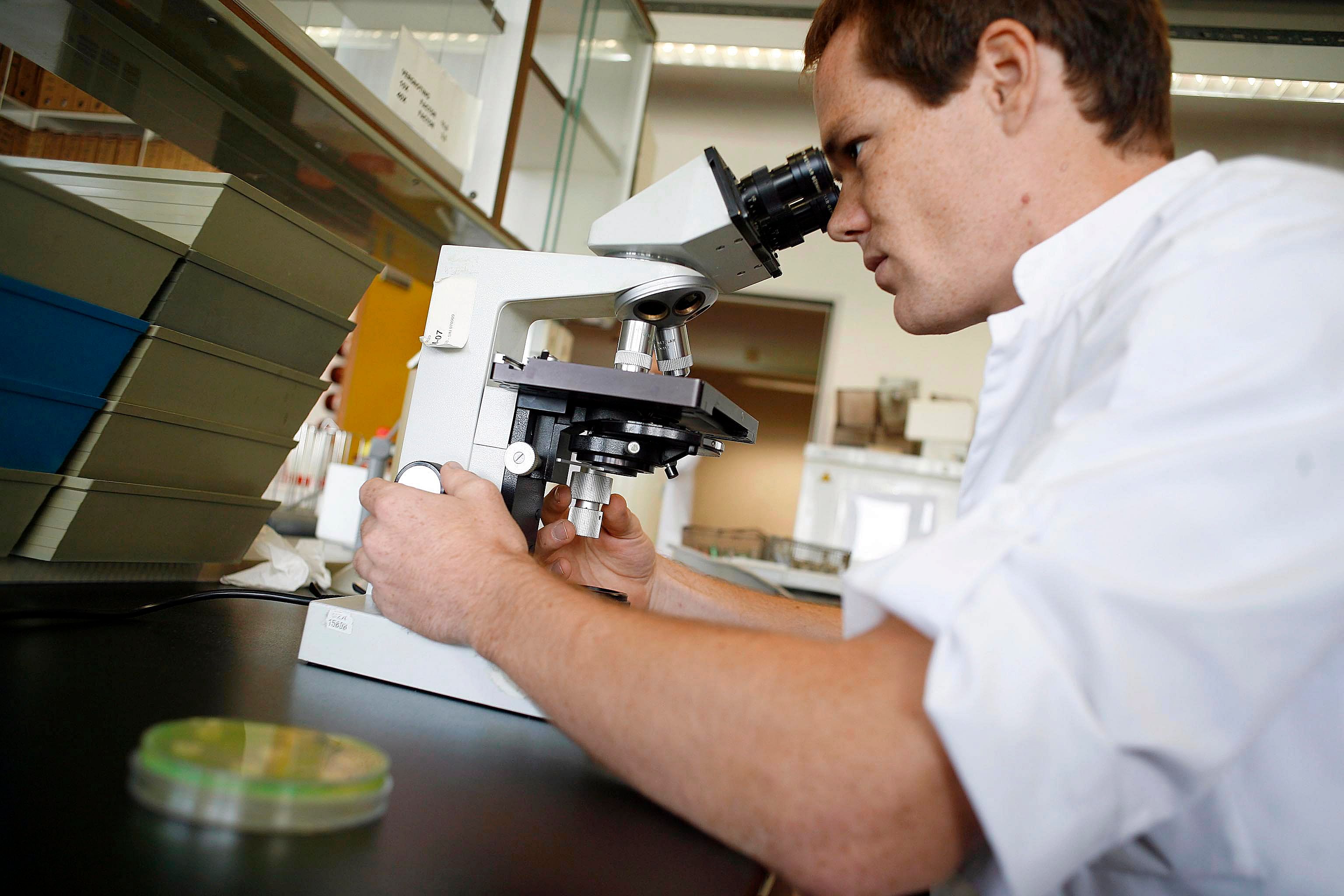Last Friday, the United States Centres for Disease Control and Prevention (CDC) released a disturbing report on the death of an elderly woman in Washoe County, Nevada. What killed her was not heart disease, cancer or pneumonia. What killed her were bacteria that were resistant to every antibiotic doctors could throw at them.
This anonymous woman is only the latest casualty in a war against antibiotic-resistant bacteria - a war that we are losing. Although most bacteria die when they encounter an antibiotic, a few hardy bugs survive. Through repeated exposure, those tough bacteria proliferate, spreading resistance genes through the bacterial population. That is the curse of antibiotics: The more they are used, the worse they get, especially when they are used carelessly.
Already, more than 23,000 people in the US are estimated to die every year from resistant bacteria. That death toll will grow as microbes develop new mechanisms to defeat the drugs that, for decades, have kept infections at bay.
We are on the cusp of what the World Health Organisation calls a "post-antibiotic era".
And we will miss antibiotics when they are gone. Minor scrapes and routine infections could become life-threatening. Common surgery would start looking like Russian roulette. Gonorrhoea and other sexually transmitted infections might become untreatable.
Diseases that our parents defeated - such as tuberculosis - could come roaring back.
The economic costs would be staggering. In September, the World Bank estimated that between 1.1 per cent and 3.8 per cent of the global economy will be lost by 2050 if we fail to act.

Yet, few new antibiotics are in development. Most large drug companies have fled the field.
The reason is simple: To conserve their effectiveness, new antibiotics are put on the shelf to be used only when older antibiotics stop working. That makes perfect sense for public health but companies cannot make a profit on what they cannot sell. This mismatch between the huge social value of new antibiotics and the relative indifference of drug manufacturers could spell disaster.
-
23,000
-
Number of people in the United States estimated to die every year from resistant bacteria.
Aware of the problem, the US Congress has taken some initial steps to address it. In particular, the 2012 Generating Antibiotic Incentives Now Act grants manufacturers an extended and exclusive period to sell newly approved antibiotics. By keeping generics off the market for longer, Congress hoped to sweeten the pot for manufacturers and encourage needed research.
But the law will probably not stimulate much innovation. A couple more years of poor sales are a small incentive and may actually promote the overuse of antibiotics.
The law is also poorly targeted. Some "new" antibiotics are similar to existing compounds - so similar that bacteria are already resistant to them. We do not need to reward manufacturers for tweaking antibiotics that we already have.
We need them to develop entirely new antibiotics.
A few federal agencies have shown more initiative. Medicare, for example, has moved to require hospitals and nursing homes to adopt plans to prevent the spread of drug-resistant infections and assure the proper use of antibiotics. The CDC is taking steps to limit the spread of resistant infections and reduce the unnecessary use of antibiotics. The Food and Drug Administration has simplified approval standards and worked with the industry to limit the use of antibiotics in livestock, which today accounts for three-quarters of antibiotic sales in the US.
And the Biomedical Advanced Research and Development Authority has been working creatively to build public-private partnerships to support the most promising research.
But Congress needs to think bigger if it wants to fix the broken antibiotic business model.
Although the patent system is good at producing new blood pressure medications and cardiovascular drugs, it is not the right fit for antibiotics.
As new antibiotics may be held in reserve for years, manufacturers cannot sell enough during the patent term to justify large research investments. Congress should instead reward manufacturers that bring a targeted, highly innovative antibiotic to market with a substantial financial prize.
In exchange, manufacturers would surrender their patent.
This kind of "market-entry" reward would enable public health officials and physicians to deploy new drugs precisely where they are needed. Manufacturers would no longer have an incentive to milk their patent, marketing the drug for inappropriate uses. The antibiotic could also be sold at a reasonable price in developing countries, which might otherwise be unable to afford a patented antibiotic.
Financing market-entry rewards would be expensive, perhaps US$4 billion (S$5.7 billion) a year, or about 10 per cent of the annual global bill for antibiotics.
But you cannot defeat bacteria on the cheap. They have survived for billions of years because they are so good at adapting to new threats.
Staying one step ahead will require ingenuity, money and radical change. Tinkering around the margins is not going to cut it.
NYTIMES
•Nicholas Bagley is a law professor at the University of Michigan. Kevin Outterson is a law professor at Boston University and executive director of Carb-X, which promotes public-private partnerships combating antibiotic resistance.
